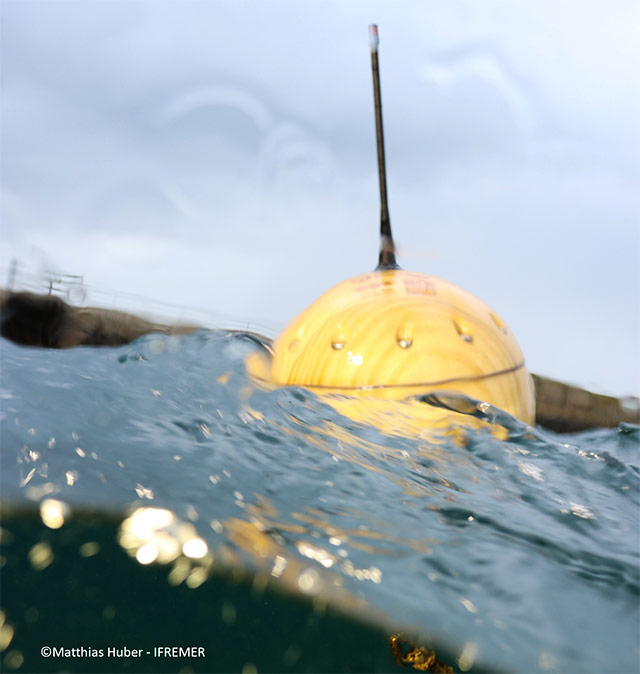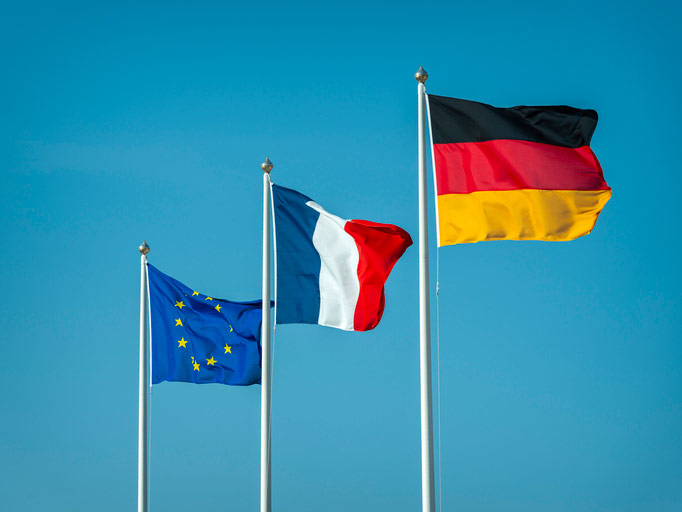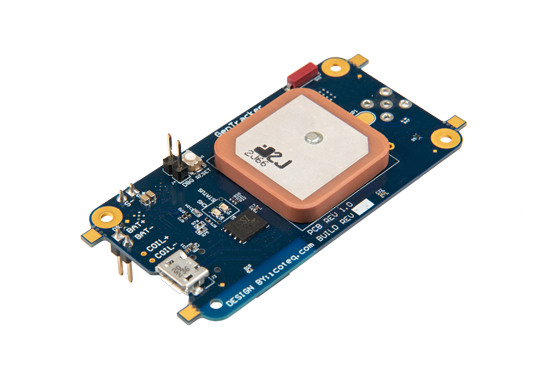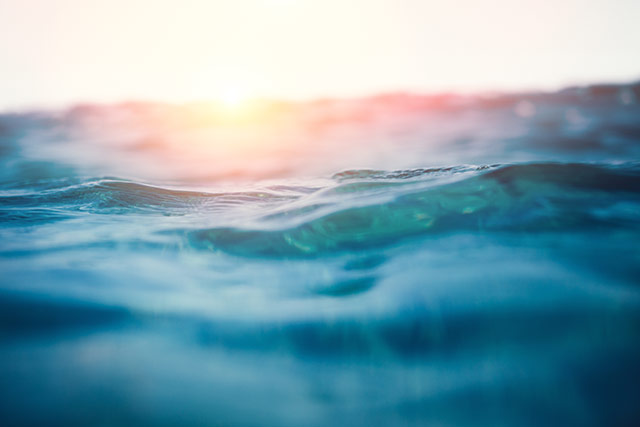CLS’ Buoyant Innovations: The Wooden Drifters Reshaping Ocean Monitoring
- December 8, 2023
- Category: Flash info

Drifting buoys such as those in the Global Drifter Program make significant contributions to weather forecasting, climate studies & marine studies.
Additionally, they support scientific research on sea currents and sea surface temperature and, in some cases can be used to help track and identify build-ups of plastic pollution in the ocean.
However, all drifters have a lifespan and once they stop transmitting useful data, they remain in the ocean or wash-up on shorelines thereby contributing to the marine debris problem.
Addressing the issue of marine litter and finding ways to monitor it has always resonated at CLS especially with Dr. Marc Lucas, Senior Oceanographer & Project Manager at CLS who, after working on a number of projects aiming to tackle plastic pollution, came up with an idea to create a more eco-friendly drifter, the wooden buoy, which was presented at the World Meteorological Organization’s Meteorological Technology Forum in Geneva last October. With promising results, even during the Ciaran storm, the wooden buoys look set to reshape ocean monitoring.
As an eco-aware person at heart and passionate about the sea, Dr. Marc Lucas is often looking for ways to tackle and limit marine pollution and, one day, while discussing drifting buoys innovation with his colleague, Phillipe de Saint Léger and looking at a salad bowl he thought – why not make a wooden buoy?
A European collaboration
 After a few initial tests, the idea was further discussed with Olivier Desprez de Gesincourt, of the Centre de Meteorologie Marine, Météo France, who expressed great interest in the idea. As the lead on the Eumetnet E-Surfmar program, the European wide organization that coordinates the gathering of meteorological data, Olivier was keen to support an environmentally responsible approach to gathering critical observations.
After a few initial tests, the idea was further discussed with Olivier Desprez de Gesincourt, of the Centre de Meteorologie Marine, Météo France, who expressed great interest in the idea. As the lead on the Eumetnet E-Surfmar program, the European wide organization that coordinates the gathering of meteorological data, Olivier was keen to support an environmentally responsible approach to gathering critical observations.
Die Bremer Drechlerei, a German wood making company, manufactured the buoy hull, which is ¼ the size of other buoys currently used for data measurements and uses rechargeable batteries.
Keeping in line with the innovative theme, the buoy integrates CLS’ Linkit core which is a simple plug and play system connecting it to the Argos system that will soon benefit from an additional 25 nanosatellites, thanks to Kinéis, a French company created by CLS.
Once launched, the nanosats will provide near real-time connectivity while maintaining its trademark low-power consumption.


What’s next?
Météo France deployed the first buoy in the IFREMER testing facility near Brest over a month ago and the results so far are nominal, with good quality transmissions even during the Ciaran storm which battered the region a week ago.

We asked Marc what’s next for the project:
“The buoy deployed is the first version of this innovative solution.
The next step is to add a temperature sensor to the buoy and then work on integrating a high precision barometer so that the buoy can collect sea level pressure data. This is planned for 2024.”
